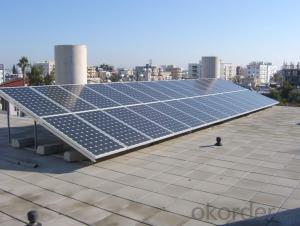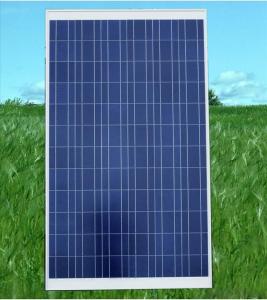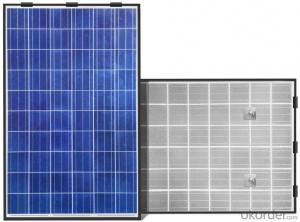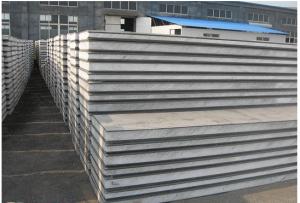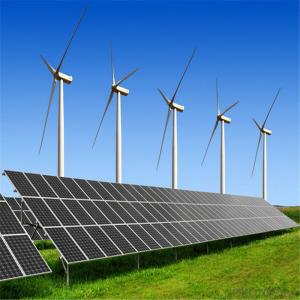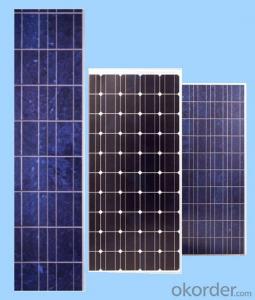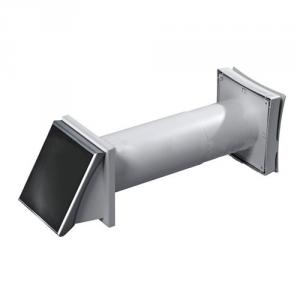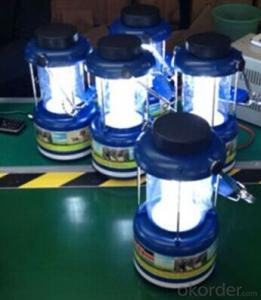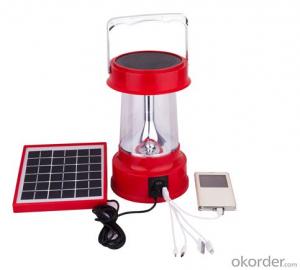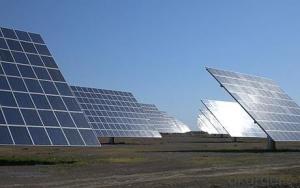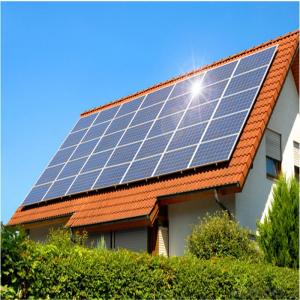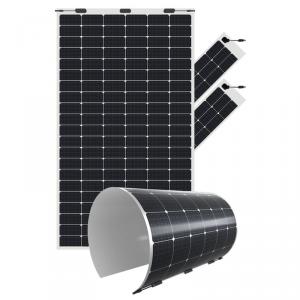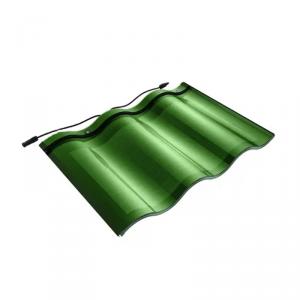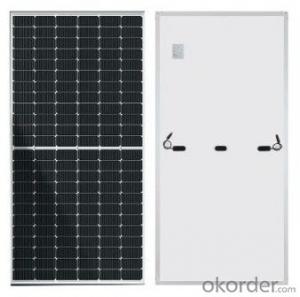Solar Panel With Inverter
Solar Panel With Inverter Related Searches
Inverter With Solar Panel Inverter With Solar Panels Solar Panels With Inverter Solar Panel With Inverter Kit Solar Panel With Ac Inverter Solar Panel Kit With Inverter Inverter Ac With Solar Panel Inverter On Solar Panel Solar Panel To Inverter Inverter Solar Panel Solar Inverter Panel Inverter Used In Solar Panel Power Inverter And Solar Panel Inverter In Solar Panel System Solar With Electric Inverter Power Inverter Solar Panel Inverter With Solar Input Power Inverter For Solar Panel Solar Panel Kits With Inverter Inverter With Solar System Inverter Solar Panels Solar Panels Inverter Solar Panel Inverter Inverter With Solar Charger Solar Battery With Inverter Inverter With Battery Solar Panel Solar Inverter Solar Charger With Inverter 100w Solar Panel With Inverter Solar Panel Inverter For HomeSolar Panel With Inverter Supplier & Manufacturer from China
Solar Panel With Inverter is a combination of solar panels and inverters, designed to convert sunlight into usable electricity for various applications. This integrated system is engineered to provide a seamless and efficient way to harness solar energy, making it an ideal solution for both residential and commercial use. The product is known for its reliability and efficiency, ensuring that users can maximize their energy production from the sun.The Solar Panel With Inverter is widely used in various scenarios, such as off-grid systems, grid-tied systems, and backup power solutions. It is particularly beneficial for areas with limited access to traditional power sources or for those looking to reduce their reliance on fossil fuels. By using this product, users can enjoy clean, renewable energy that is both cost-effective and environmentally friendly. The system's versatility allows it to be tailored to specific needs, making it a popular choice among homeowners, businesses, and even for large-scale solar projects.
Okorder.com is a leading wholesale supplier of Solar Panel With Inverter, boasting a vast inventory that caters to the diverse needs of customers worldwide. With a commitment to quality and customer satisfaction, Okorder.com ensures that each Solar Panel With Inverter is thoroughly tested and inspected before being shipped to its destination. This guarantees that buyers receive a reliable and high-performing product that meets their energy requirements. By partnering with Okorder.com, customers can take advantage of competitive prices, fast shipping, and excellent customer service, making the process of purchasing and implementing a Solar Panel With Inverter system as smooth as possible.
Hot Products



